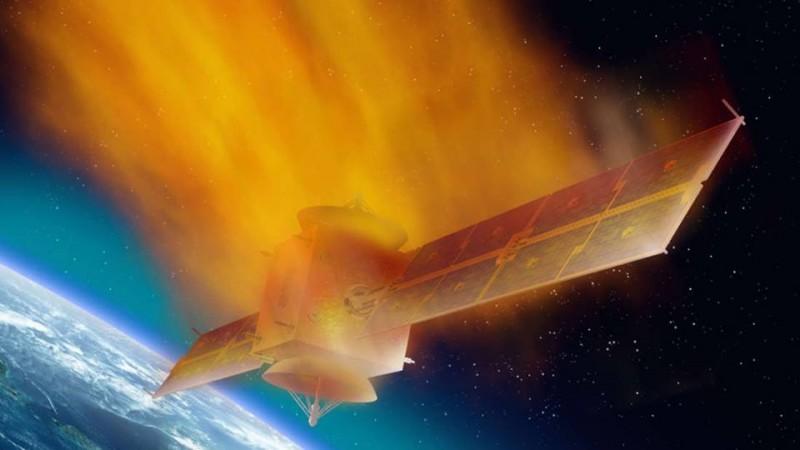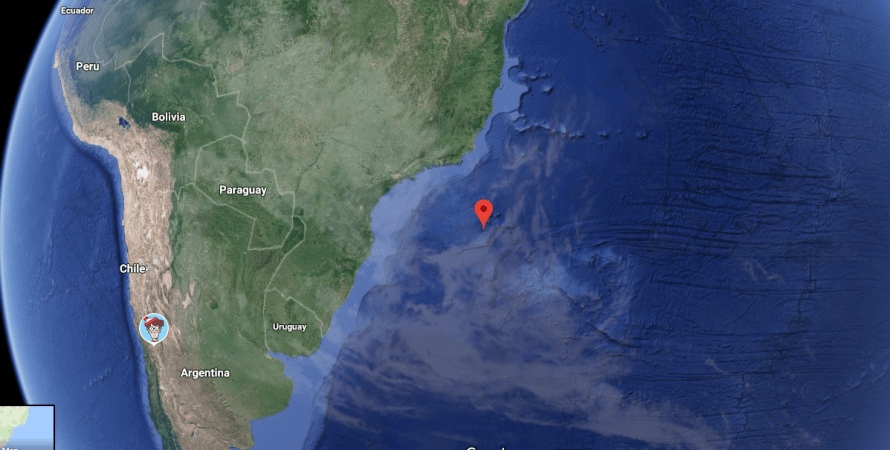
The Chinese space station Tiangong-1, has finally fallen into the Earth. It burned up most of its material in the atmosphere and fell into the Pacific ocean on April 2.
Reports emerged from China Manned Space (CMS) –website of the Chinese government's space agency– saying that the Tiangong-1 has fallen into the sea. There were no reports of any injuries caused by the falling, bus-sized laboratory. The space craft is reported to have fallen into the South Pacific.
"At about 8:15 (am) on April 2, 2018, Tiangong-1 has re-entered the atmosphere, and the re-entry zone is located in the central area of the South Pacific," reads a statement put out by the CMS Engineering Office. "Most devices are ablated and destroyed during re-entry."
Another report from the CMS came earlier in the day where the agency was monitoring the decent of the space lab. At around 6:20 in the early hours of April 2, the space station was, "running on an orbit with an average height of about 132.75 km (a perigee altitude of about 130.9 km, an apogee altitude of about 134.6 km, and an inclination of about 42.7 degrees). Reentry time is expected at 8:42 on April 2 (early time 8:24, latest time 9:01), re-entry center is located at 40.4 degrees west longitude, 27.4 degrees south latitude."

The station was China's first attempt at building a manned laboratory in space and was launched in 2011. It carried out 6 successful docking maneuvers using the Shenzhou No. 8, No. 9 and No. 10 spacecrafts, reports the CMS. In fact, the main mission of the Tiangong-1 was to create a platform where docking could be tested in outer space. Living in space was also tested by the Chinese space agency aboard the "heavenly place".
The space lab also had a lot of science equipment, according to the CMS. "Tiangong-1 has obtained a great deal of application and science data, which is valuable in mineral-resources investigation, ocean and forest application, hydrologic and ecological environment monitoring, land use, urban thermal environment monitoring, and emergency disaster control," wrote CMS in a 2014 release. "Remarkable application benefits have been achieved."
After months of speculation and several theories ranging from "will it hurt someone?", to "will it fall on my country?" and even Michigan being put on alert, the story has finally been put to rest. While the Tiangong-1 did not fall into Point Nemo, where most spacecraft go to die, it has fallen safely into the sea, where it is unlikely to be ever seen again.














